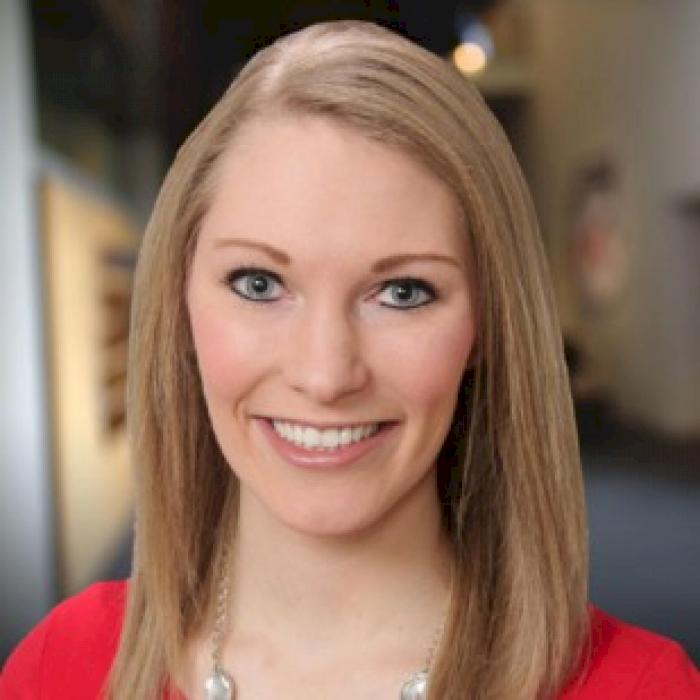STEM in DSM: Principal Park and the Pythagorean Theorem
- Thursday March 31 2016
- General SCI
Lines and figures dart from home plate, but they’re not plans for a winning play at Principal Park… They’re plans for every angle of an official baseball field, down to every last angle.
Casey Scheidel, business/project manager at Iowa Cubs Sports Turf Management, peels away the layers of a proposed baseball and softball complex in Anamosa, Iowa. Each blueprint page reveals a single element of a regulation field: the distance from home plate to the bases, the elevation of the mound, the watering radius of each sprinkler.
Geometry — and in particular, the Pythagorean Theorem — informs every element of your ballpark experience. Here are a few examples of the geometry of baseball in action:
- It all starts at home plate. A surveyor determines the latitude and longitude of home plate, and the position of every other element of the field is based on its location. Home plate is 60 feet, 6 inches from the center of the pitcher’s mound.
- Laser focus. Surveyors and engineers use software and GPS technology to exact the measurements of every point on the field.
- Sun in your eyes? It’s for the batter’s sake. Major League Baseball stadiums are positioned based on sun angles, so the batter never looks directly into the sun.Pitch perfect. The perfect pitching mound increases in height one inch per foot.
- Flattening the field can take days. Field elevation can’t change more than a quarter-inch over 25 square feet… And it can take the tractor up to two days to grade it, roll it and grade it again.
- High-tech homeruns. Surveyors use CAD, computer aided drafting, to map the latitude and longitude of every point on the field, including the location of each fencepost.
- Geometric grass. The signature crisscrosses, swirls and circles in the turf serve no purpose beyond beautifying the field… But geometry is key in their creation. The I-Cubs’ turf crew carefully lines up its mowers with the foul line and bases — and it can take five days to define a design on the field.
Experience the angles, lines and symmetry of your everyday world at the ballpark AND at SCI!
Iowa Cubs opening day is April 7. As you munch on peanuts and Cracker Jacks, imagine the now-invisible lines that helped create your favorite ballpark moments. Then, schedule a trip to SCI, where you can get moving with math in Geometry Playground, featuring a 10-foot climbing structure, Anamorphic Hopscotch and the Geometry Garden!


